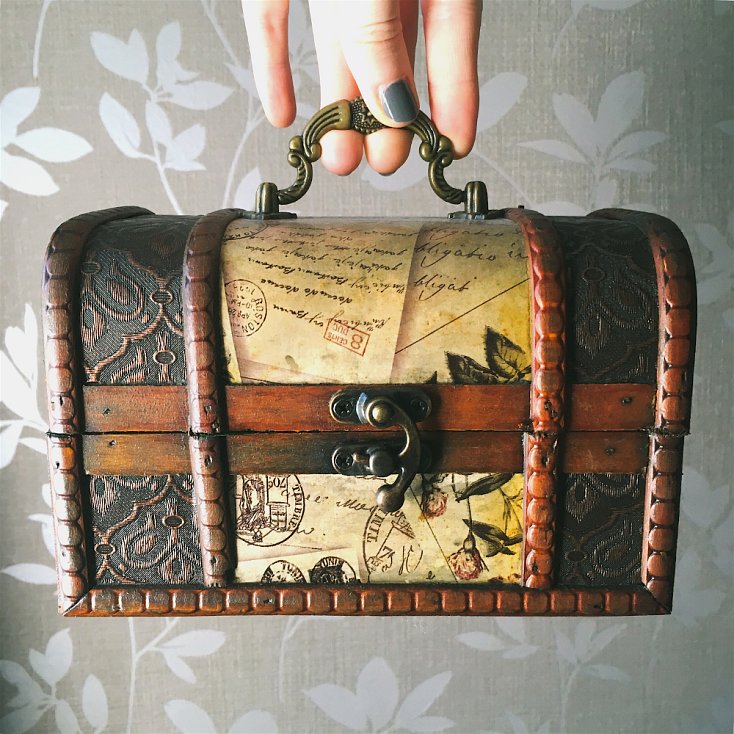Don’t Panic! What to Do When You Have Too Many Story Ideas
If your head is overpopulated by plot bunnies and Shiny New Idea Syndrome is getting the better of you, then it’s time to do something with those story seedlings. I have a few suggestions…
You’re a writer so your head is probably brimming with ideas (most of the time, anyway). And that’s a good thing. We’re a creative lot, with story ideas sneaking up on us at the most random and often inconvenient of times—like in the middle of our current works-in-progress.
But what if you have too many ideas? So many you just can’t decide which to write next. So many you keep hopping from project to project because you just have to write those shiny new ideas now.
Okay. Deep breath. Here are four methods that could be just the ticket to saving you when you have too many story ideas swirling around your noggin.

Method 1:
Build a ‘plot bunny nursery’ for your shiny new ideas
When inspiration first blossoms, it can be tempting to dive straight in with writing that new story. The problem with this is that these ideas tend to be undeveloped. They haven’t had time to mature, to grow into fully fledged plots, so you hit a brick wall after a few chapters of furious writing and scratch your head, wondering where the story will go next.
Instead, try summarising your new ideas in a few sentences (maybe on an index card, a Post-It Note, the corner of a napkin...) and store them safely away for another time, giving your muse the chance to work on them at the back of your mind. This method keeps a record of your ideas so that you don’t forget them and gives them a place to grow and develop. In fact, I once heard this technique described as the ‘plot bunny nursery’. Here’s what mine looks like...

My very own plot bunny nursery 🐰
Method 2:
Use your ideas as inspiration for shorter fiction
If you really can’t wait to start writing your shiny new story, then giving novellas, short stories or microfiction—stories under 1000 words—a go can help to alleviate this burning desire. This way, you don’t have to spend months, if not years, turning each idea into a full length novel. You can have fun with your story seedlings by writing some microfiction, short stories or novellas about them instead.
I’ve also found this method particularly useful for experimenting with different genres, voices and styles of writing. Because you’re not dedicating yourself to a 70,000+ word book, you have the freedom to try something new without worrying that you’ll have wasted all that time should it not work out as you planned.
Method 3:
Combine several ideas to create one story
Got too many ideas that you want to make into full length novels? Try weaving them together to create one story. This method is very effective if you have several ideas that can’t make a story on their own, like a character, a magic system, a conflict, and so on, but can also be used when you have fully formed plots that line up with each other nicely.
Got lots of unrelated character, conflict or magic system ideas? Combine them!
For example, a character who can read auras has taken up residence in your head and demands you write a story about her. You also want to write a thriller involving a therapist who manipulates her clients into committing crimes for her. And you really like the idea of setting a story in a futuristic world teetering on the edge of societal collapse. You could write separate books about each of these elements or you could combine them to create a novel about an aura-reading therapist who’s been driven to manipulating her clients in order to protect her family as the world slowly crumbles around her. Interesting, right?
Method 4:
Use your ideas as inspiration for subplots
Subplots support the main story, so there’s no reason not to incorporate one of your many ideas as a subplot as long as it helps to drive the main plot forward.
Maybe you really want to write a story about the adventures of a swashbuckling airship pirate, but you’re also dying to write a mystery set in the Alps. What if, in the course of his daring adventures, your air-pirate stopped to get supplies at a small town in the foothills and was drawn into a murder mystery there?
Need help with plotting out your story? How to Create a Flexible Outline for Your Novel is just what you need.